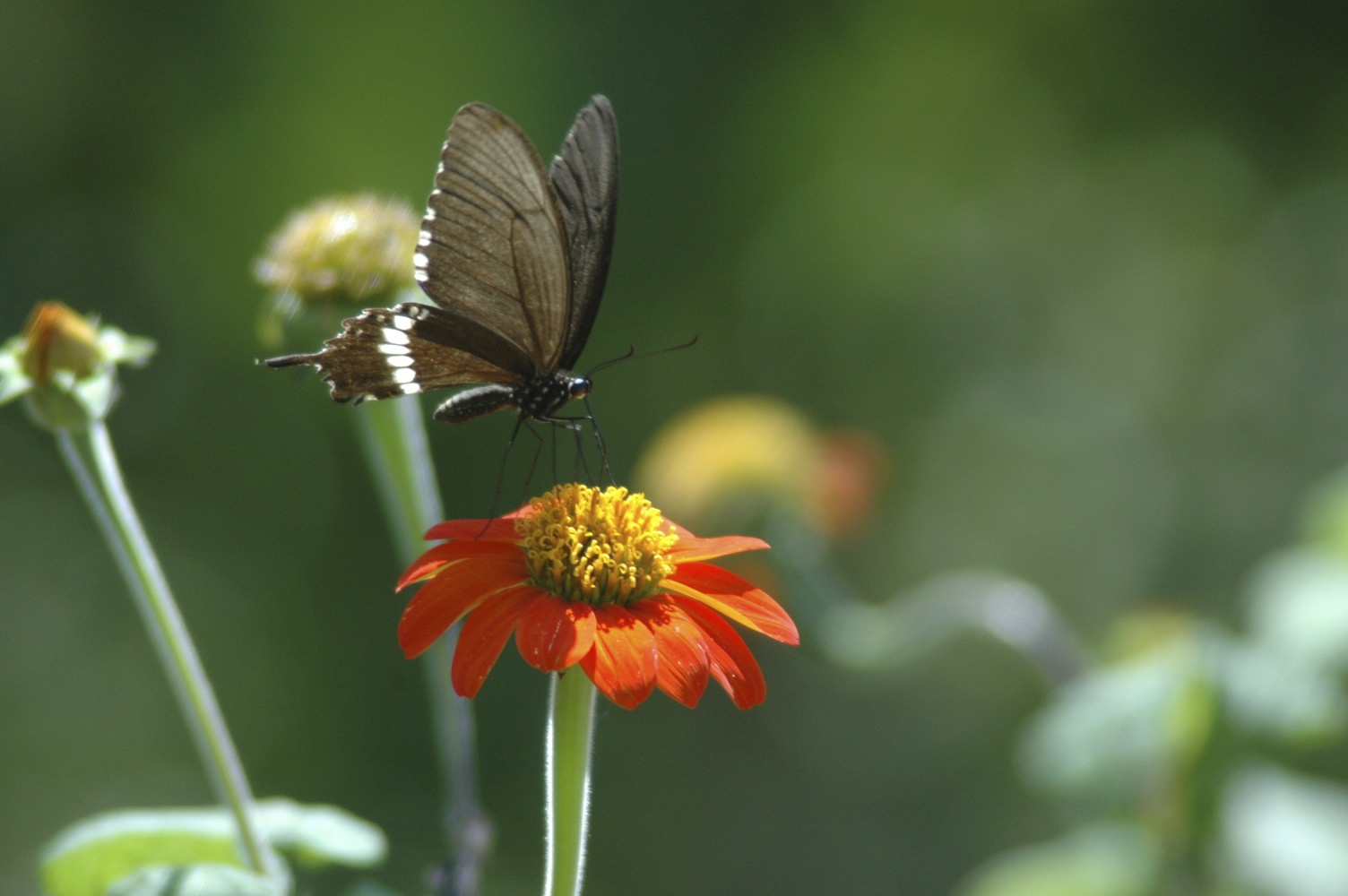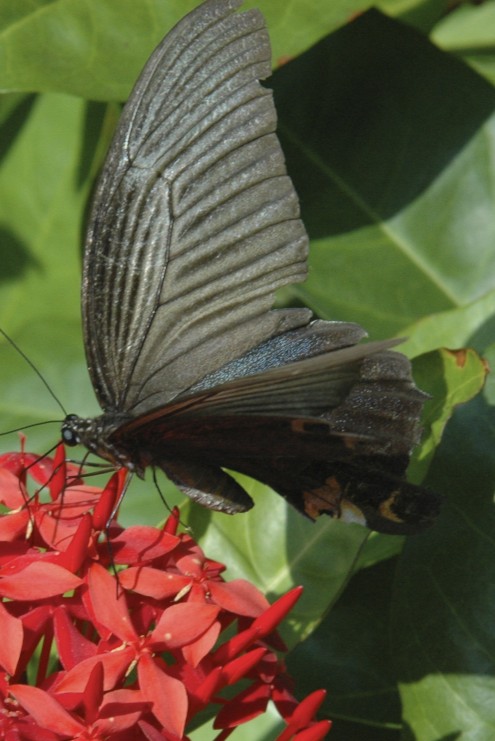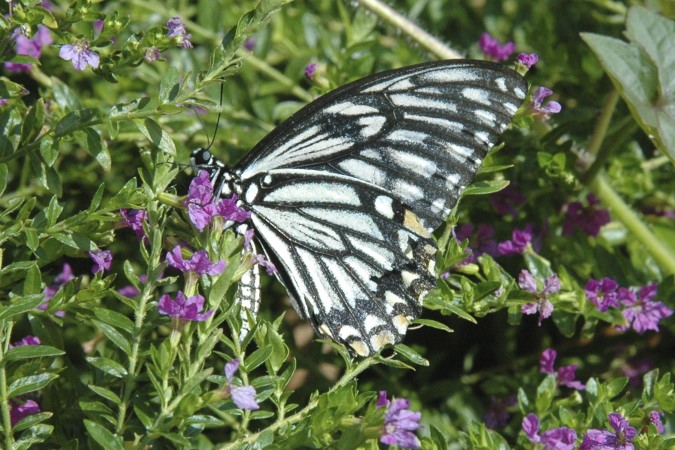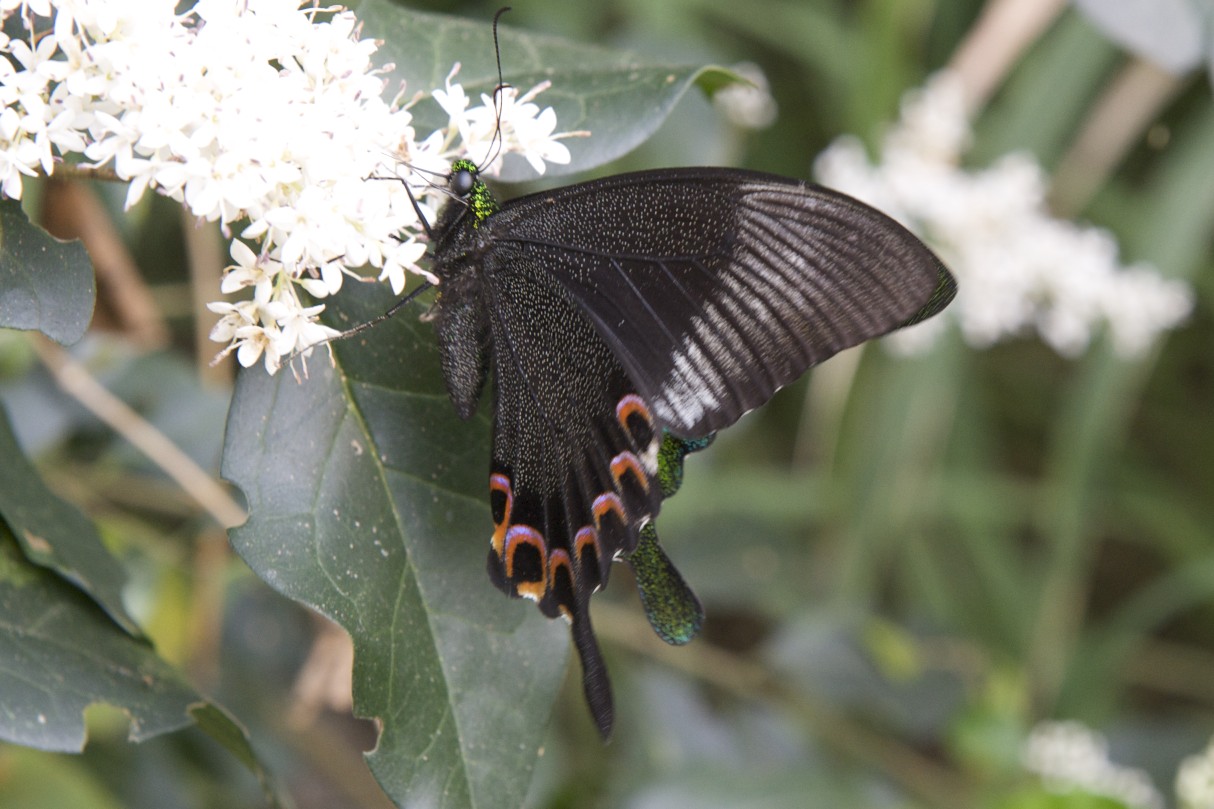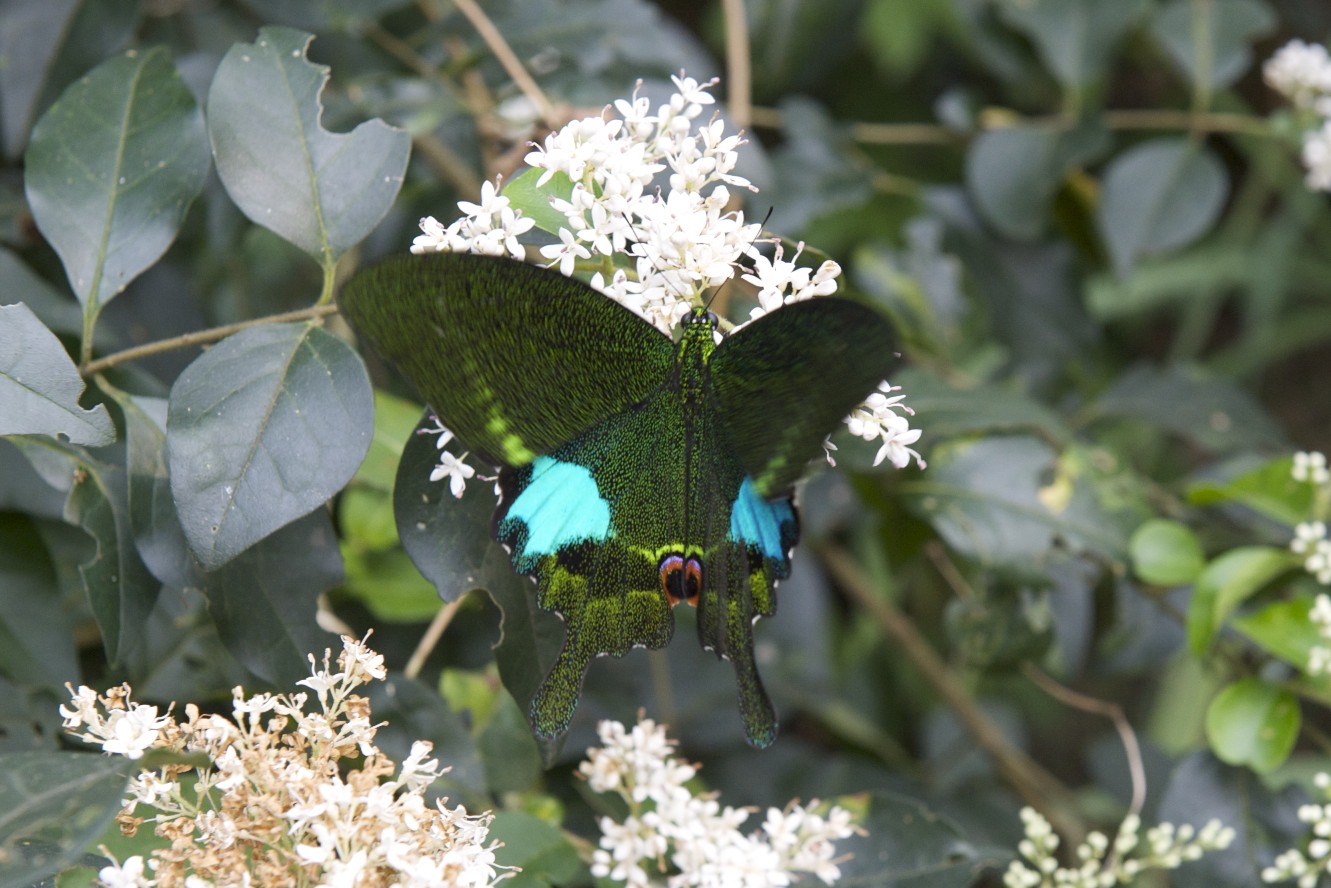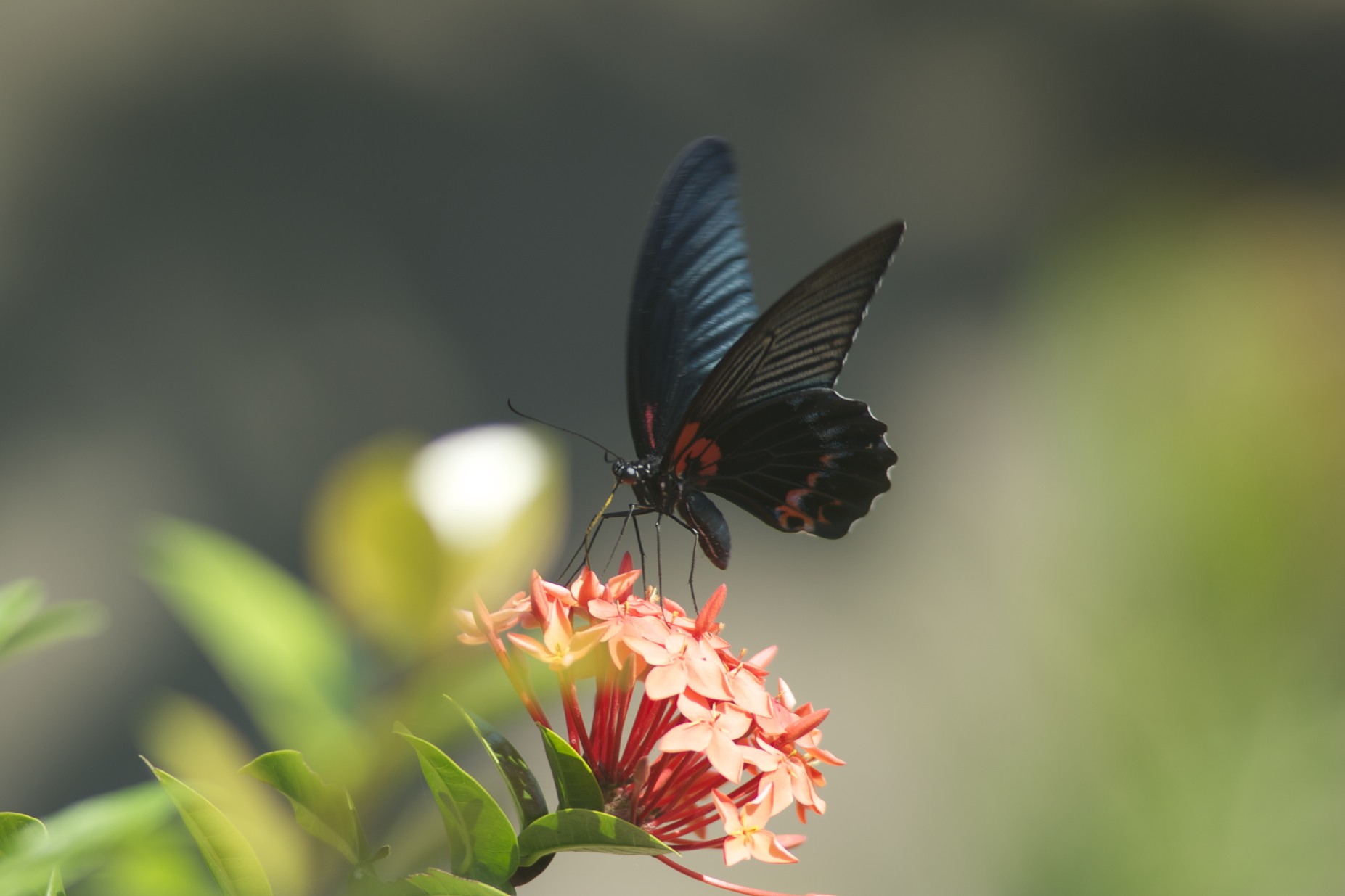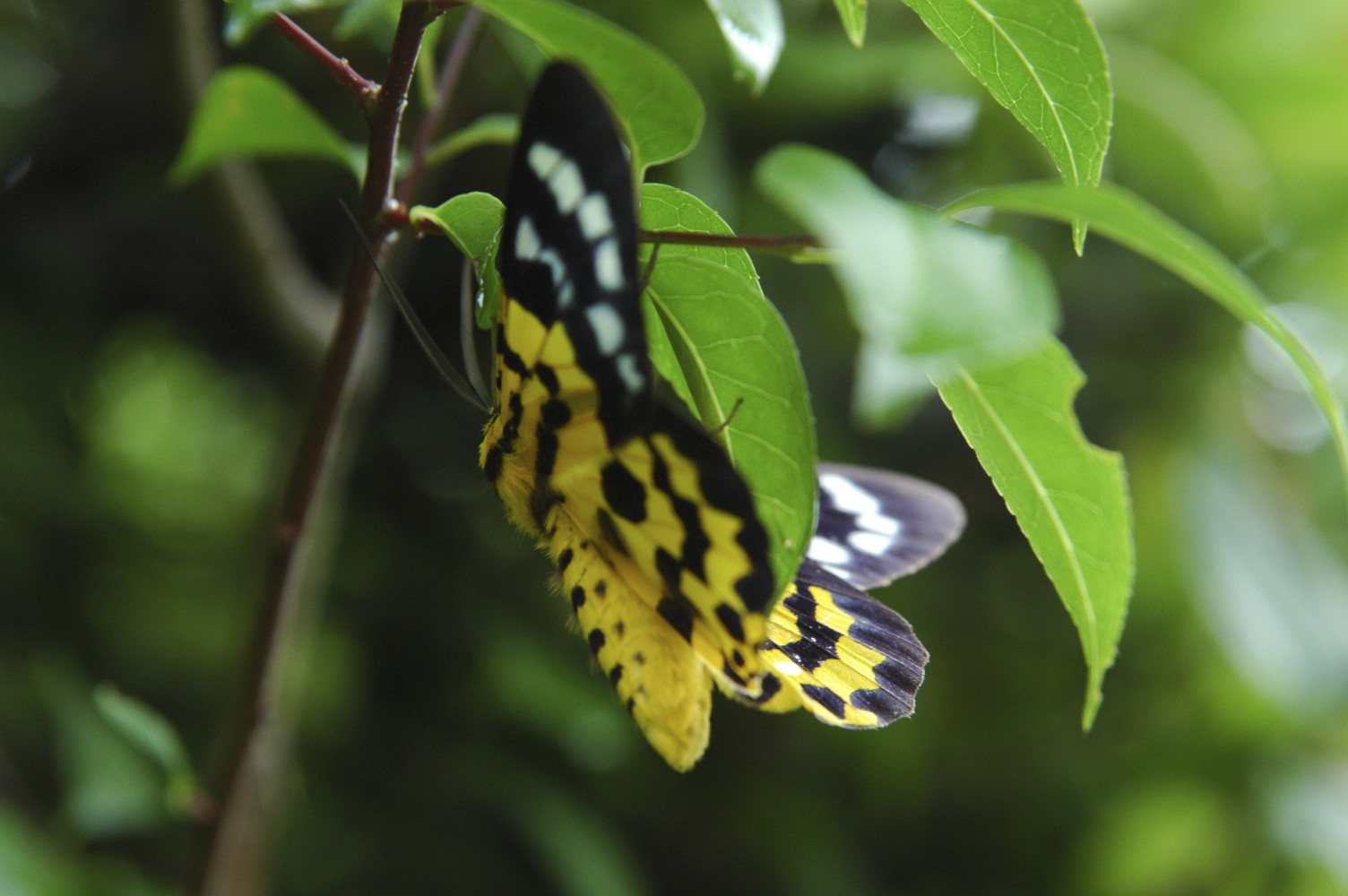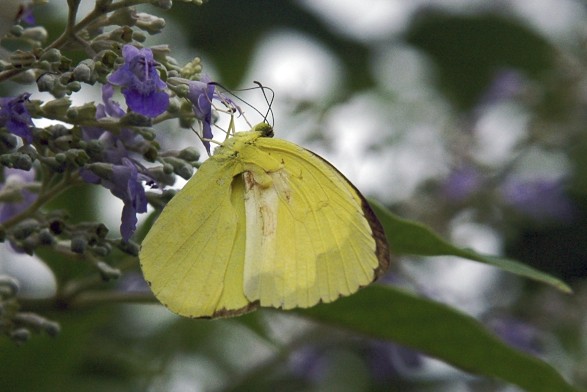
In his first voyage Captain James Cook approached Terra Australis from the South, traveled along the East Coast, facing severe encounters with the Great Barrier Reef, then via Timor and today’s Indonesia crossing the Indian Ocean towards the Cape of Good Hope. All along this way, he left his traces naming islands, mountains and rivers - some of them mirroring the despair of the journey after hitting reefs in shallow water, loosing men to pests and accidents. Cook married Elizabeth Batts in 1734, but was more than half of his married life at sea until he died in Hawaii in 1779 in a fight with local inhabitants. Another famous journey was the conquest of the HMS Pandora in the aftermath of the Mutiny on the Bounty during the so-called Breadfruit Expedition. It is amazing how much effort the Royal Navy put into the aftermath expedition to capture and punish the mutineers who were caught in Tahiti and chained and looked in a box cell on board called “Pandora’s box”. Crossing Torres Strait, the Pandora hit the Great Barrier Reef on August 29th 1791. All efforts to drop ballast, like water, food and canons could not safe the ship and it sank the day after. In the last minute the prisoner’s cell was opened. The survivors sailed in rescue boats towards Timor, where they arrived on September 16th. The name ‘Terra Australis’ was coined by Captain Matthew Flinders commanding the HMS Investigator and who published ‘A Voyage to Terra Australis’ in 1814. Flinders was an amazing navigator and his idea of putting iron bars beside the magnetic compass to compensate deviations caused by the ship, became the ‘Flinders bars’. Returning to England in poor health, he died on July 19th 1814, aged 40. His son William Matthew Flinders Petrie became archeologist and Egyptologist.

During my studies of Geosciences at The University of Cologne, I had to specialize on a continent for an important exam. Back then I picked Antarctica for several reasons: 1) it is one of the last frontiers, 2) I was expecting mining exploration activities and a professional outlook there, 3) it is rough, 4) there are no people there (at that time I was a bit introverted - today, I like people if they appear in small bursts and then disappear again). During my exam preparations, I also came across Sir John Franklin, who was mentored by Flinders and crossed later into Antarctic waters and later was given command of the HMS Erebus and HMS Terror in his 1845 Northwest Passage journey, which became Franklin’s last expedition. An interesting insight into this character is the fascinating novel “The Discovery of Slowness” by Sten Nadolny. I liked this book at that time, because is discovers slowness as a positive principle in fast times, and narrates through the eyes of a very slow protagonist, who never wastes time, because he knows his handicap which he managed to turn into an asset.

The largest island of Terra Australis became Australia. As a British Colony, it was referred to ‘The Bottom of the Empire’ and served as a resource and also for deportations and imprisonment of convicts. Independence came gradually, but even still today Australia is a Constitutional Monarchy under the English Queen Elizabeth II.

Australia is a vast country. A rich and lush nature of the Eastern Coastal regions is contrasted by an ‘empty’ centre behind the ‘Dividing Range’. Sitting in my rented Toyota, I had to realize that driving from Cairns to Darwin through the Outback is a similar stretch than driving from Sweden to North Africa. With the difference that some roads require 4WD and you have to carry extra water and fuel. How much Australia is vonourable to nature, I realized when seeing the damage the last Cyclone and the floods caused in the region around Mission Beach, where a friend runs the Dundee Park Academy which provides education in Rainforest Ecology and Tourism on the premises of a former crocodile park.

Pioneering spirit outside the cities of Australia is still necessary. There are basically no “jobs” unless you create them yourselves. A large amount of workforce is provided by backpackers and young people who tour the country in a “working holiday” for about 6-12 months. I am pretty sure, that if I would have travelled Australia at that age, I would not have come back. It is too much the “Country where everything is possible” if you want to try out things and work hard and like to be outdoors. You might think: What do Australians have to do with work hard? Well, on the first sight it is hard to spot the difference between being “laid back” and being “lazy”. Of course every place has many different characters. But one difference between being lazy and laid back, which I observed in Australia, is that people do not have to pretend to be busy. When the job is done, they go fishing. And if the job is done at 2 pm, then they go fishing at 2 pm. That’s not lazy. Sitting on one of the world’s largest mining continents and selling commodities to China, seems to have a major impact on the self confidence: “No worries mate”. On the other hand you can sell your commodities only once and the attempt of the former prime minister to levy a heavy tax on mining was intelligent, but finally fueled kicking him out of office with party tricks. The winner of the intrigues was the current Prime Minister, Julia Gillard. And when you listen to what she has to say, you feel that Australia still has a long way to go to arrive in anything close to a “knowledge based economy”. But I encountered most Australians as very friendly people: kind, helpful, reliable. It seems a society in which mutual help was essential for survival and it shaped at least the rural culture very much. And I really enjoyed the “no bullshit” attitude.
What was a surprise for me was today’s situation of the Aborigines. Even in the co-managed Kakadu National Park most Rangers are white. The only presence of Aborigines is hanging around the car park of the local supermarket, in some cases recovering from a hangover or working on the next one. It must be a political deadlock between paralyzing welfare and bad conscious of the white man for historical suppression and cruelty. If the will for a different life does not come from the Aborigines themselves, then every effort to improve their situation will be seen as threat to their culture. It is still a sad story.
 There are many “characters” in Australia. And like everywhere in the world, the closer you get to the frontiers, the more interesting they become. It is like in South-East-Asia and Micronesia, where you can still bump into people, of which you thought they do not exist any more these days: real adventurers, entrepreneurs. A lot of this is of course my personal preference and taste, but my favorite business characters have always been people like Fitzcarraldo . This is what happens when you were getting Joseph Conrad and Jack London as bedtime stories, and not the Teletubbies or Hello Kitty. During the time of intensive settling in Australia, there were many coming to live their dream, and not all of them succeeded. Some odd things, already became history, like the one of the Catalonian immigrant Jose Paronella, who built a castle with the first hydro-electric power plant in the Queensland rainforest (todays Paronella Park) in 1933. Or Kidman, the largest landowner ever, also referred to as “the forgotten king”, not to be mixed up with Nicole Kidman who played in a romance movie called Australia, a woman running a cattle station. But these kind of people are not gone. Just their habitats are somewhere else, always close to the fine line between what is possible and what is not. One of them is for sure Judy Opitz (photo), who just recently published her Autobiography “An English Rose in Kakadu”. She just recently received her PhD for Aboriginal studies at the Charles Darwin University at the age of 84. But when you look at her life, she should teach entrepreneurship. One thing about leaving the comfort zone, is that it is by definition uncomfortable.
There are many “characters” in Australia. And like everywhere in the world, the closer you get to the frontiers, the more interesting they become. It is like in South-East-Asia and Micronesia, where you can still bump into people, of which you thought they do not exist any more these days: real adventurers, entrepreneurs. A lot of this is of course my personal preference and taste, but my favorite business characters have always been people like Fitzcarraldo . This is what happens when you were getting Joseph Conrad and Jack London as bedtime stories, and not the Teletubbies or Hello Kitty. During the time of intensive settling in Australia, there were many coming to live their dream, and not all of them succeeded. Some odd things, already became history, like the one of the Catalonian immigrant Jose Paronella, who built a castle with the first hydro-electric power plant in the Queensland rainforest (todays Paronella Park) in 1933. Or Kidman, the largest landowner ever, also referred to as “the forgotten king”, not to be mixed up with Nicole Kidman who played in a romance movie called Australia, a woman running a cattle station. But these kind of people are not gone. Just their habitats are somewhere else, always close to the fine line between what is possible and what is not. One of them is for sure Judy Opitz (photo), who just recently published her Autobiography “An English Rose in Kakadu”. She just recently received her PhD for Aboriginal studies at the Charles Darwin University at the age of 84. But when you look at her life, she should teach entrepreneurship. One thing about leaving the comfort zone, is that it is by definition uncomfortable.






